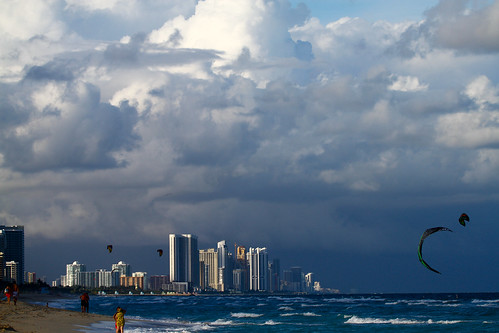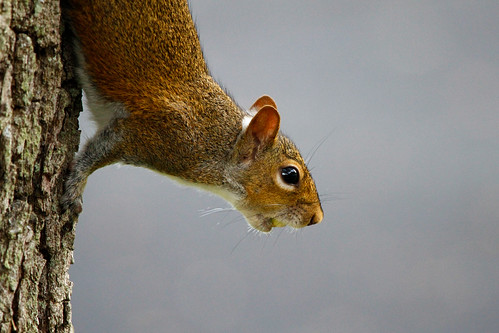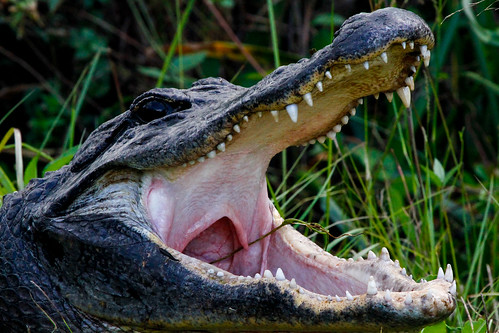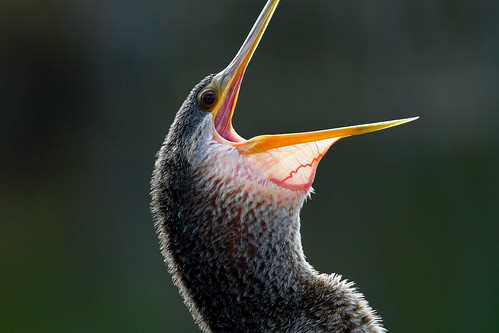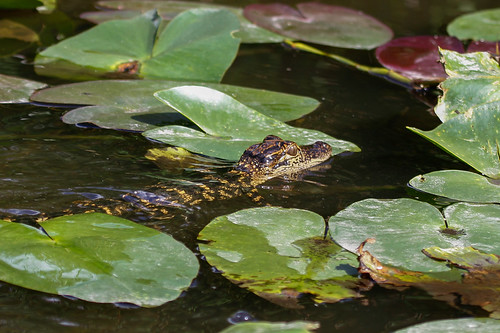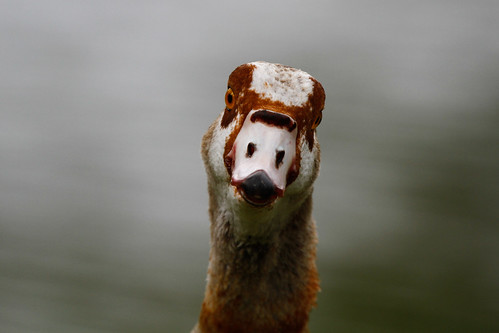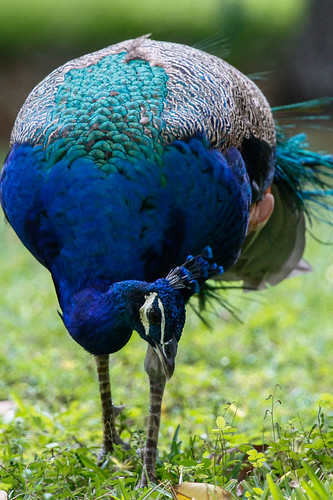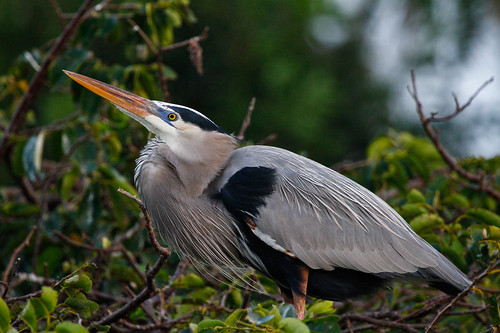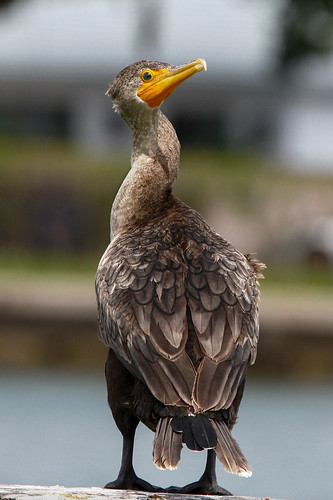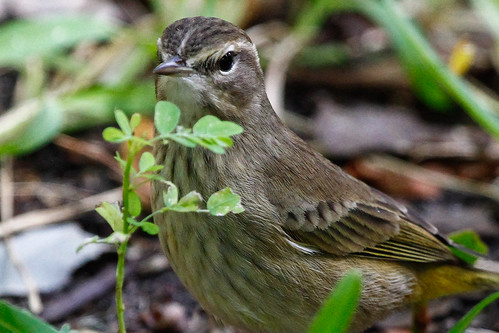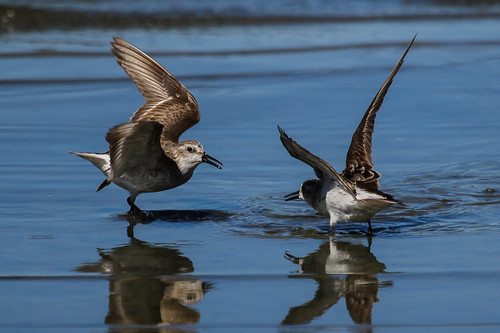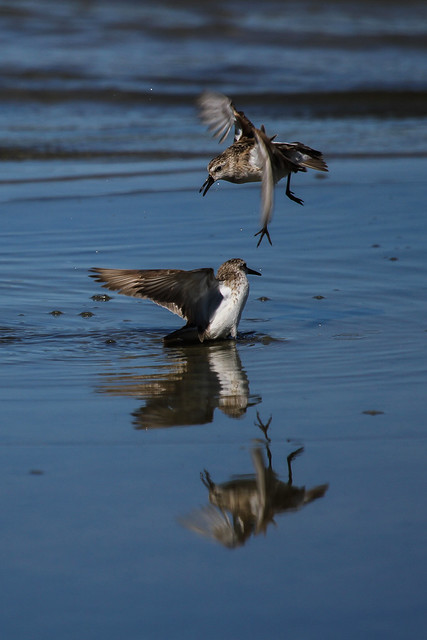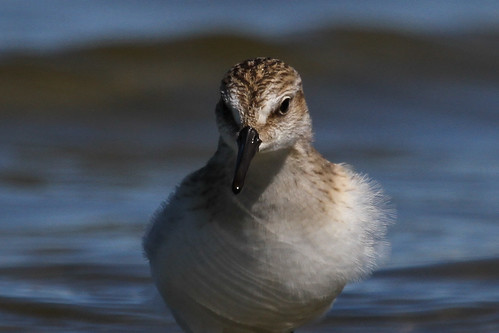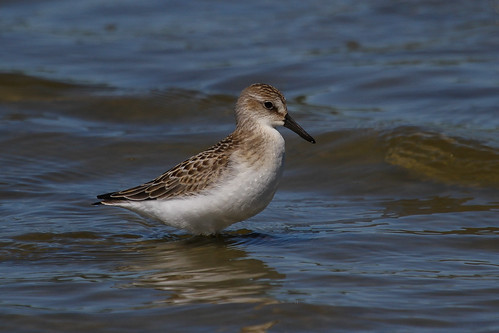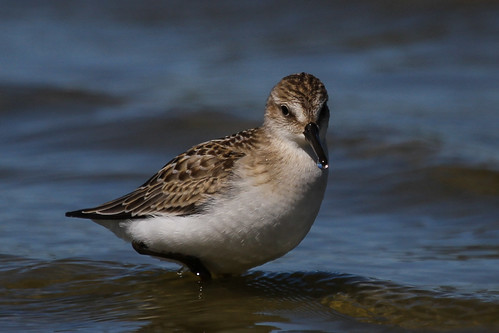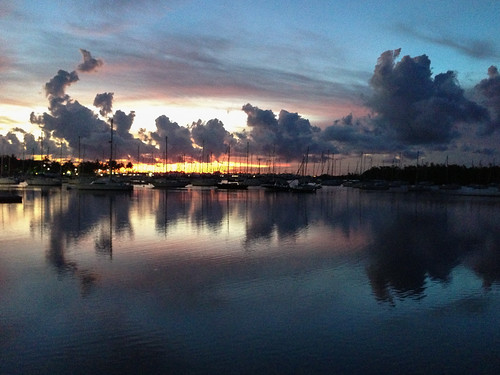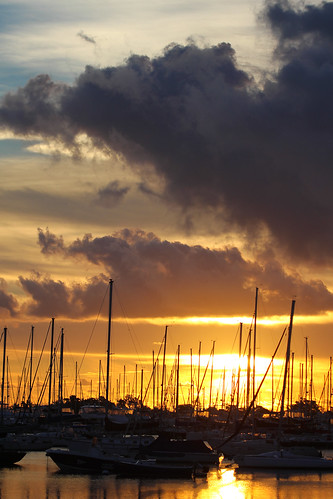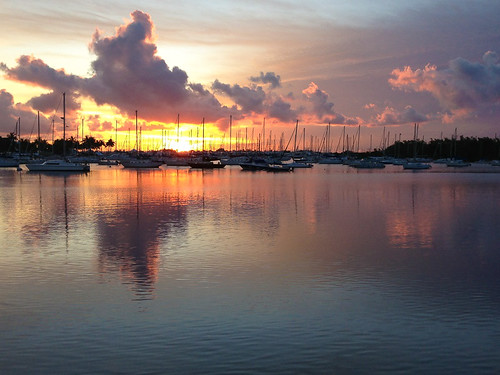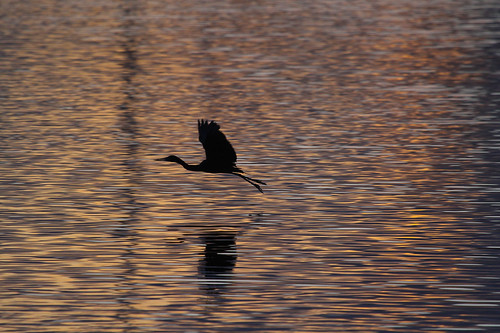Some pictures are just snapshots of fleeting moments in time. Some either come or remind you of stories. Here are three of them.
Story #1: The most improbable New York immigrants
If you've seen them, you must've been very shocked to find this bird chirping airily on a brisk January morning in New York:
Some call them Quaker Parrots, but the real name is Monk Parakeet. They are originally from South America, from an area with the same climate as New York, so they feel very much at home here. As a matter of fact, they've been in New York for 40 or 50 years already.
Some urban myths credit their spread to a broken crate at the JFK airport. From there, they've spread to Brooklyn, Queens, the Bronx, and now to north New Jersey. But there are actually colonies of them in Chicago and even some European cities. So it's more likely that their northern population originated with just escapees from captivity - they were very popular as pets in 1970s apparently.
This guy is from Bergen County, NJ - I took these pictures in a local park on Thanksgiving morning.
Story #2: Sanderling migration
If you've ever been to a northern beach in off-season, you would have seen flocks of them pecking their way at the water's edge. Sanderlings are small shorebirds, just 6-7 inches bill-to-tail. But they attempt some of the longest migrations ever. I took this shot on May 5th in Fort Lauderdale, FL:
Notice this Sanderling is banded! So I reported the sighting, and learned that this same bird was seen just two weeks later in New Jersey, not too far from where I live. It was banded in 2011 in Delaware, on the banks of Delaware Bay. In between its banding and my sighting, it was also seen wintering in South America! Quite a long trip for such a small creature.
Story #3: Falcon's dinner
Note: some of the pictures on the bottom are a little bit graphic.
A friend and I went to look for owls in upstate New York recently. No luck, but on the way there we came across a small falcon, called Merlin, guarding something on a tree:
Merlins are the second-smallest falcon in US (the smallest being American Kestrel), but they are mostly bird-hunters. They are really acrobatic flyers - they actually catch most of their prey from below! This one seems to have caught a starling. We actually passed it before we realized what it was, and had to make a U-turn to take these pictures.
